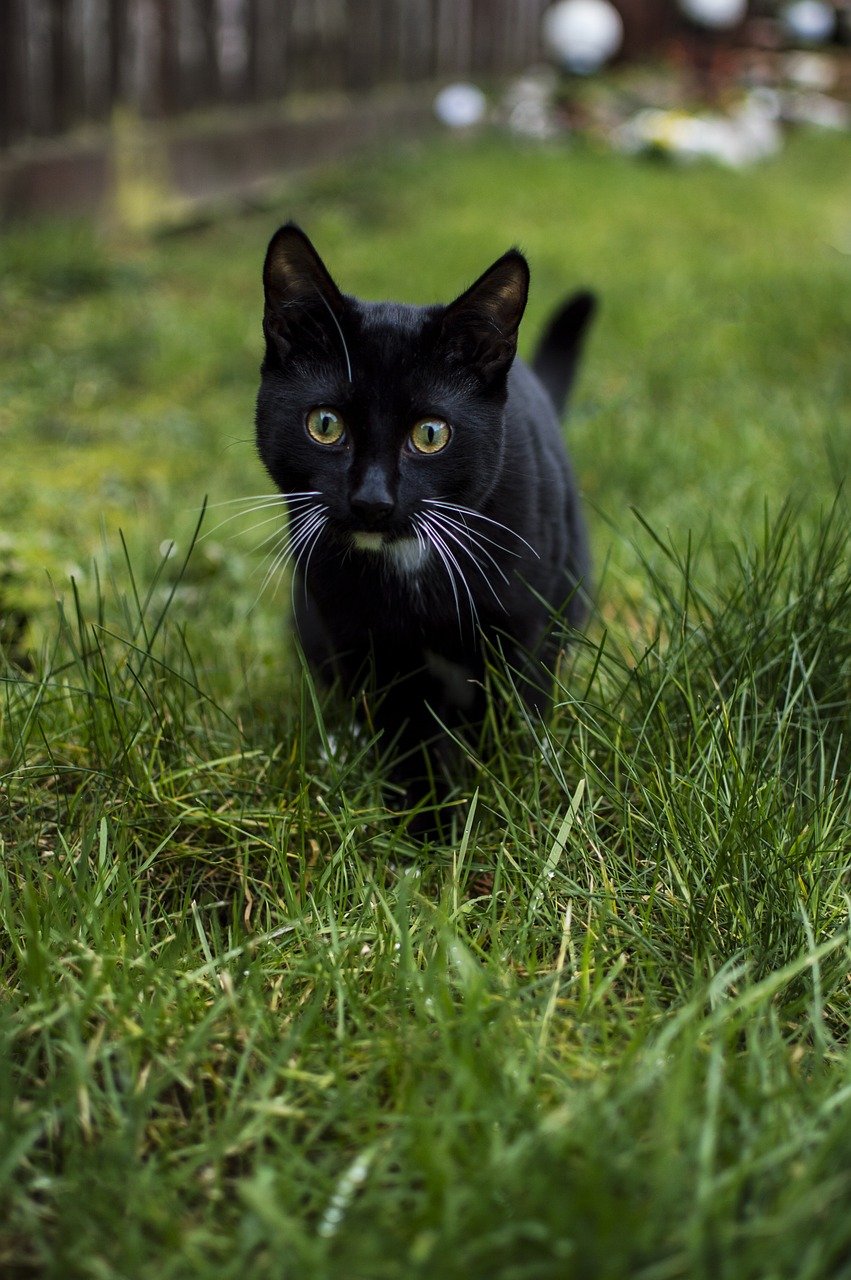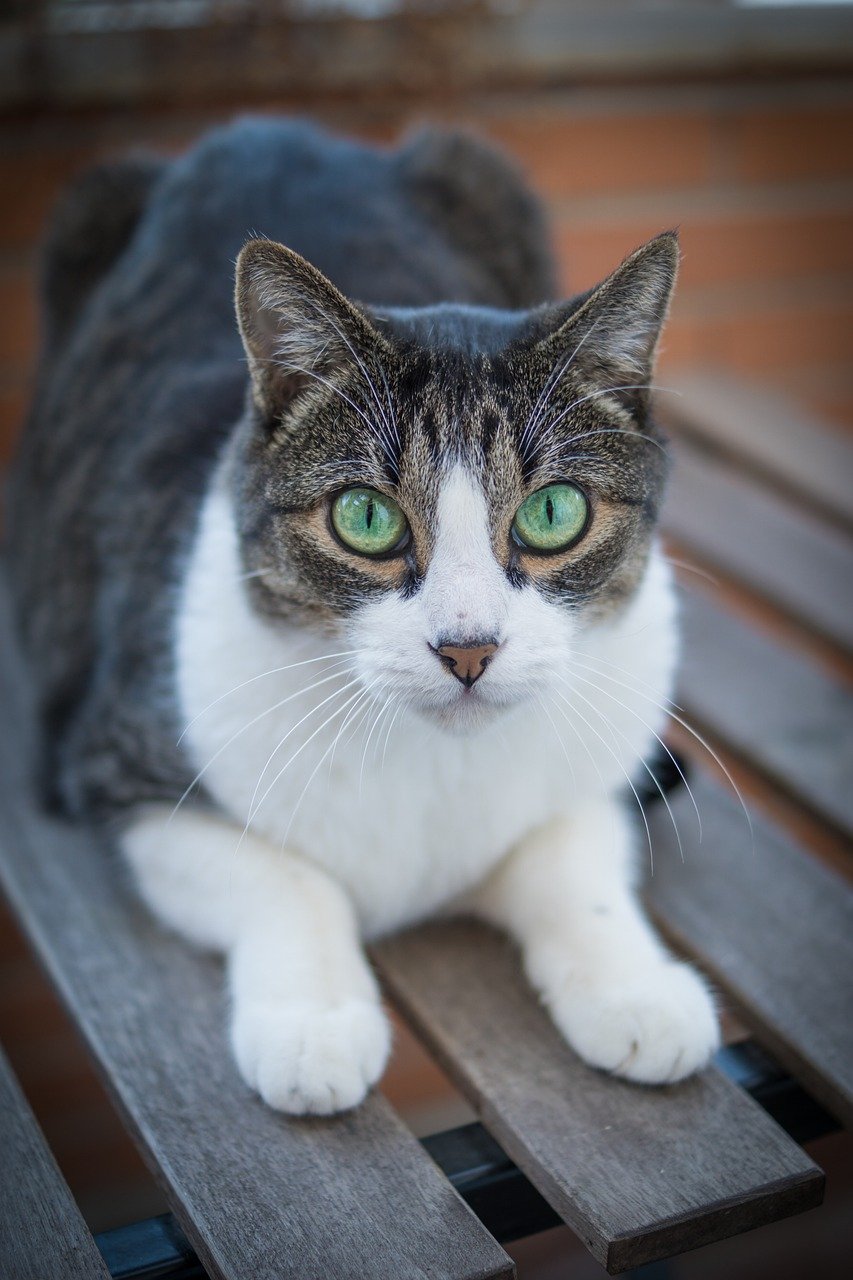Have you ever wondered what goes on inside a cat’s heart when it finally finds a forever home? The journey from shelter to sofa is full of twists and turns—sometimes surprising, sometimes heartwarming, and always life-changing. For every cat adopted, a brand-new world opens up. Their emotions, once hidden behind wary eyes or silent paws, begin to blossom in the safety of loving arms. If you’ve just welcomed a whiskered friend or are simply curious about feline feelings, prepare to be captivated by the subtle but powerful emotional shifts these little survivors experience after adoption. You might even notice a few of these changes in your own feline companion.
Initial Hesitation and Cautiousness

When a cat first arrives in a new home, hesitation often takes center stage. Their steps are slow, their eyes wide, and every sound seems to startle them. This caution isn’t just shyness—it’s a natural survival instinct. After spending time in a shelter or uncertain environment, the unfamiliar sights and smells of a new house can feel overwhelming. Many cats hide under beds or behind furniture, peeking out only when they feel it’s safe. It’s important for new owners to recognize this as a sign of careful observation, not rejection. Giving them space and patience at this stage is crucial for building trust.
Curiosity Begins to Surface

Once the initial fear subsides, curiosity starts to sparkle in a cat’s eyes. You might spot your new friend cautiously exploring corners, sniffing shoes, or batting at dangling cords. This is an exciting emotional shift because it signals that your cat is beginning to feel safe. Their natural instincts drive them to investigate every new object, scent, and sound. Watching a formerly timid cat embrace curiosity is both uplifting and reassuring. It’s as if they’re saying, “Maybe this place isn’t so scary after all.” This stage is key for bonding, as playful interactions often follow curiosity.
Signs of Relief and Relaxation
A huge emotional milestone comes when a cat finally lets out a deep, contented sigh and curls up for a nap in the open. This moment—when they sprawl across the couch or stretch in a sunbeam—reveals a profound sense of relief. Gone are the tense muscles and darting glances; instead, your cat’s body language softens. Relaxation is an emotional release, a sign that the fear and uncertainty of their previous life are melting away. You may notice them blinking slowly at you, a feline gesture of trust. This tranquil state often signals the beginning of a deeper emotional connection.
Building Trust with Their New Family
Trust doesn’t happen overnight for most cats. It’s a slow-burning ember, ignited by gentle voices, soft touches, and predictable routines. Your cat may start by sitting a few feet away, watching quietly. Over time, they edge closer, perhaps brushing against your leg or accepting a treat from your hand. This gradual approach is their way of testing boundaries and learning that their new humans are safe. When a cat finally chooses to rest near you or purrs contentedly in your lap, it’s a hard-earned badge of trust. These small gestures speak volumes about their growing confidence and affection.
Attachment and Affection

As the days pass, many adopted cats begin to form strong attachments to their caregivers. Suddenly, you find a furry shadow following you from room to room or a gentle paw tapping your face in the morning. Some cats become lap warmers, while others simply sit nearby with a soft gaze. Affection manifests in countless ways—headbutts, slow blinks, or rhythmic kneading with their paws. These displays aren’t just cute; they’re heartfelt expressions of love and gratitude. For many owners, this stage is the most rewarding, as it shows the cat’s emotional wounds are healing.
Revealing Playfulness and Joy
A once-reserved cat may surprise you with an explosion of energy. Out come the zoomies, the wild chases, and the acrobatic leaps. This playfulness is a sign of pure happiness. It means your cat feels comfortable enough to let loose and be silly. Toys that once gathered dust are suddenly in high demand. Even the most dignified feline might tumble across the floor chasing a crumpled ball of paper. These moments of joy are contagious, reminding us of the simple pleasures in life and the resilience of the feline spirit.
Vulnerability and Seeking Comfort
As trust grows, so does vulnerability. Many adopted cats begin to show their softer sides, seeking comfort and reassurance from their humans. You might find your cat curling into your chest during thunderstorms or meowing softly when you leave the room. This need for closeness is a touching reminder of the bond you’ve built. It’s also a sign that your cat views you as a source of safety and warmth. Providing gentle affection in these moments deepens your connection even further, reinforcing their sense of belonging.
Moments of Uncertainty and Regression
Even after visible progress, some cats experience setbacks. A loud noise, a sudden visitor, or a change in routine can trigger old fears. During these moments, your cat might hide again or become less affectionate. This emotional regression is perfectly normal. Remember, healing isn’t always a straight path. What matters is your response—consistency, reassurance, and patience. By offering unwavering support, you help your cat navigate these bumps in the road, slowly restoring their confidence each time.
Heightened Sensitivity to Routine
Cats thrive on predictability. After adoption, many become especially attuned to daily rituals—mealtimes, play sessions, or the sound of keys at the door. This sensitivity is an emotional anchor, offering stability in a world that once felt chaotic. If a routine is disrupted, some cats may show signs of stress, such as pacing or vocalizing. On the flip side, sticking to a schedule can bring visible calm and contentment. This heightened awareness of routine is a sign your cat is settling in and learning what to expect each day.
Developing a Sense of Territory
As confidence grows, cats begin to claim their new home as their own. They might rub their cheeks on door frames, knead blankets, or sprawl across favorite spots. These territorial behaviors are emotional declarations: “This is my safe space.” Marking territory is more than just instinct—it’s a sign of comfort and belonging. Watching your cat confidently patrol their domain is a heartwarming reminder of how far they’ve come from their uncertain beginnings.
Expressing Contentment Through Body Language
Cats are masters of subtle communication. After adoption, their body language often shifts dramatically. Ears relax, tails stand tall, and purring becomes more frequent. You might notice them rolling onto their backs, exposing their bellies—a vulnerable gesture of trust. Even tiny changes, like a slow blink or a gentle head tilt, reveal deep contentment. Learning to read these signals enriches the bond between cat and owner, allowing for a two-way emotional exchange that words could never capture.
Interacting with Other Pets
The presence of other animals can stir a range of emotions in newly adopted cats, from curiosity to jealousy. Some may be cautious at first, while others seek out play or companionship. Over time, many cats develop positive relationships with fellow pets, forming playful alliances or snuggling together during naps. These interactions are powerful indicators of emotional growth. They show that the cat is not just adapting to their human family, but also to the wider household dynamic.
Seeking Out Attention and Engagement
A confident cat will often initiate contact, seeking out attention in unmistakable ways. You may find your cat weaving between your legs, chirping for playtime, or tapping at your hand for pets. These behaviors are charming, but they’re also deeply emotional. They reveal a yearning for connection and interaction. By responding with enthusiasm—tossing a toy or sharing a cuddle—you reinforce their sense of security and belonging.
Showing Signs of Independence
While affection is wonderful, many adopted cats also rediscover their independence. They might choose to nap alone in a sunny spot or watch birds from a windowsill for hours. Far from being aloof, these moments of solitude are emotionally important. They signal that your cat feels secure enough to be alone, confident that their needs will be met. Balancing independence with togetherness is a hallmark of a well-adjusted feline.
Developing Communication Styles

Every cat has a unique voice. After adoption, you’ll notice your cat experimenting with different ways to communicate—meows, chirps, trills, or even silent stares. Some cats become more vocal, while others rely on gestures or body language. These communication styles are highly personal and reflect the cat’s emotional state and personality. Learning to understand your cat’s signals creates a rewarding dialogue, strengthening the relationship even further.
Testing Boundaries and Limits
As comfort grows, some cats begin to push the rules—jumping onto forbidden counters or nibbling on houseplants. While this can be frustrating, it’s also a sign of emotional growth. Testing boundaries is how cats learn what’s acceptable in their new environment. Gentle guidance and consistency help them understand the limits, while also building trust. Each lesson learned is a step toward becoming a confident and secure member of the family.
Displaying Gratitude in Subtle Ways

Cats may not say “thank you” with words, but they have their own ways of expressing gratitude. A gentle headbutt, a soft purr, or a quiet companionable presence can speak volumes. Some cats even bring small “gifts”—a favorite toy or the occasional leaf from the yard. These gestures, while simple, reflect a deep emotional appreciation for their new home and caretakers. Recognizing these subtle signs can make every day feel special.
Adapting to New Stimuli and Environments
Adoption brings a world of new experiences—noises, people, and sights the cat may have never encountered. Over time, most cats learn to adapt, showing increased confidence in the face of novelty. You might see them investigating new furniture, greeting visitors, or watching rain at the window with curiosity instead of fear. This adaptability is a remarkable emotional achievement, proving just how resilient cats can be when given love and patience.
Bonding Through Shared Routines
Sharing daily routines—like feeding, grooming, or playing—creates powerful emotional connections between cats and their humans. These rituals offer predictability and comfort, helping the cat feel anchored in their new life. Over time, these shared moments become cherished traditions, strengthening the sense of family. Whether it’s a morning snuggle or a bedtime treat, these rituals are a testament to the enduring bond formed through adoption.
Experiencing Joy and Belonging
Perhaps the most beautiful emotional change is the sense of joy and belonging that radiates from an adopted cat. Their eyes shine brighter, their movements are more relaxed, and their purrs become deeper and more frequent. This happiness is hard-earned—a blend of safety, love, and acceptance. It’s a reminder that every act of kindness, every gentle word, and every patient moment makes a real difference. For many owners, witnessing this transformation is the ultimate reward.
Celebrating a New Beginning
The emotional journey of an adopted cat is a tapestry of courage, resilience, and hope. Each change, from hesitation to joy, is a testament to the transformative power of love and stability. As your cat settles into their new life, these emotional milestones become shared victories, celebrated in every purr, snuggle, and playful leap.
Hi, I’m Bola, a passionate writer and creative strategist with a knack for crafting compelling content that educates, inspires, and connects. Over the years, I’ve honed my skills across various writing fields, including content creation, copywriting, online course development, and video scriptwriting.
When I’m not at my desk, you’ll find me exploring new ideas, reading books, or brainstorming creative ways to solve challenges. I believe that words have the power to transform, and I’m here to help you leverage that power for success.
Thanks for stopping by, Keep coming to this website to checkout new articles form me. You’d always love it!






